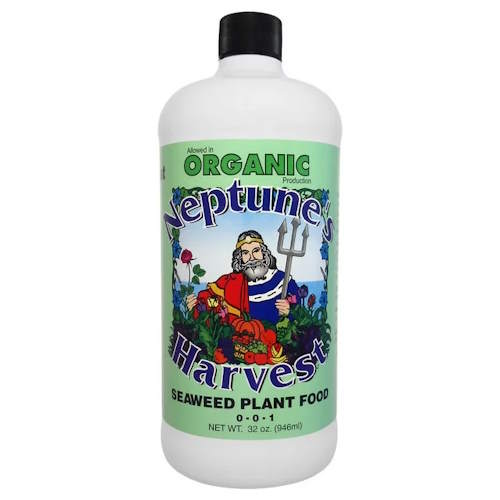The best fertilizer for flowers – expert tips for what to feed your beds and borders
Help your flowering plants perform at their best and give them all the important nutrients they need to put on a fantastic display
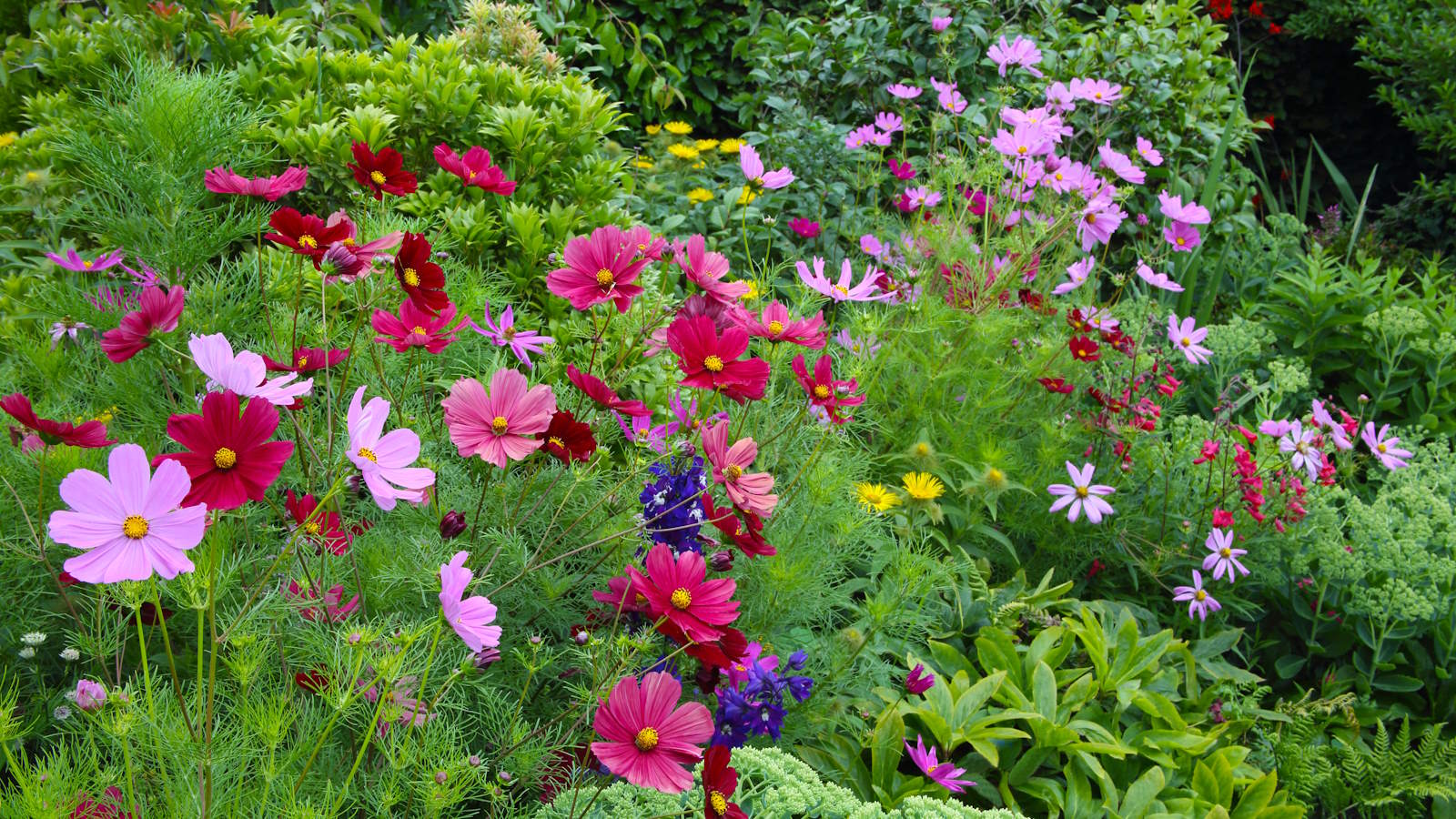

If you look on store shelves or browse the pages of online retailers, you are likely to be inundated with choices for fertilizers. It can get daunting, so how can you know the best option to get your flowers blooming beautifully each season?
All plants require essential nutrients to grow, produce lots of flowers, and remain strong against the risk of pests and diseases. As a professional gardener maintaining flower beds and borders in historic gardens, it was a combination of nurturing soil health and using feeds that kept plants performing at their best for visitors to enjoy.
We want to help break through the confusion - so discover the different fertilizer types available and hear from some experts about what feeds they choose to use on their flower borders.

A fertilizer for flowers will contain all the essential nutrients in different ratios
Tips for a feeding regime for flowers
The first step is knowing when to fertilize flower beds so you can provide the flowers with nutrients at the right stages in their growing season. It is often a job for any spring gardening checklist to give plants nutrients as they start growing again post-dormancy.
Another feed is recommended during the summer to help keep the flowers blooming. Before starting any annual feeding regime, it is recommended to test your soil to see if it does have any particular deficiencies that need addressing.
How to fertilize flowers - choosing between feeds
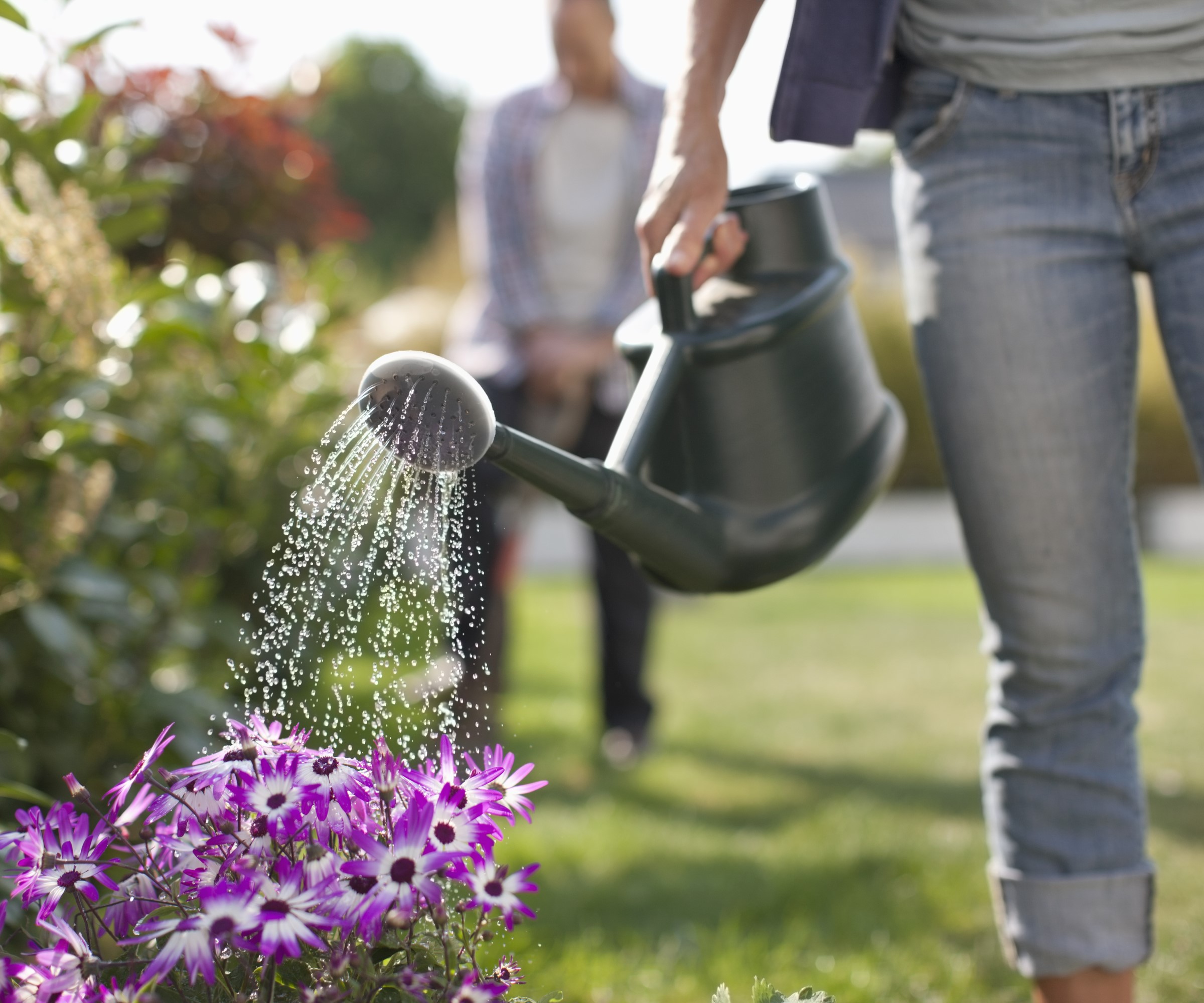
Fertilizers for flowers come in granular or liquid form
There are many options to consider when thinking about how to fertilize flower beds and flowering plants. Different feeds will offer certain pros and cons and the choice will depend on your preferences, time, and what is most important for your flowers. The best decision will come down to considering the preference of each particular plant.
You can choose between natural or synthetic fertilizers and granular or liquid feeds. Organic products derived from natural sources can be fantastic at developing soil health but are a more expensive choice. Synthetic products come in very different NPK formulas and can be specifically for some plants, for example, rose feeds.
Granular feeds are slow-release fertilizers that are mixed into the soil and release their nutrients over a long period. Liquid fertilizers are mixed with water and applied when you water plants. These fast-acting products can provide a quick dose of nutrients to help flowers at important stages of their season, such as when blooming.
Amy Enfield from ScottsMiracle-Gro describes slow-release fertilizers as great options if you are ‘short on time and need a low-maintenance feeding option’. On liquid feeds, she says: ‘If you like to spend a lot of time caring for your flowers and looking for more control over feeding - look for a water-soluble fertilizer. Because all of the nutrients are readily available to the plants, water-soluble plant foods need to be applied every 1-2 weeks.’
Your garden setup may also impact what types of feed works best for you. For example, Amy Enfield claims: ‘Slow-release fertilizers are a great option particularly if you have beds with automatic irrigation. However, if you manually water your flower beds with a garden hose, water-soluble fertilizers are also a good option.’
It is always beneficial to look up the specific needs and care instructions for individual plants to feed them correctly. Also vital is to understand the plant fertilizer numbers on the packaging, which show the makeup of nitrogen, phosphorus, and potassium as an NPK ratio. Each of the important nutrients benefits aspects of the plant’s growth. Nitrogen is great for leaf and stem development, phosphorus for the growth of roots, and potassium for the development of buds and flowers.
A good feeding regime will often be a mixture of organic and inorganic fertilizers applied at different times of the year. For example, applying organic matter and mulching can benefit all soil types and boost fertility on top of using specific fertilizers to help flowers grow strongly in spring and flower profusely in summer.

Amy has over 25 years of experience in the Lawn & Garden industry and has been with ScottsMiracle-Gro for 11 years. She has a BS and MS in Horticulture from Michigan State University and a PhD in Plant & Environmental Sciences from Clemson University.
The best fertilizers for flowers – expert recommendations
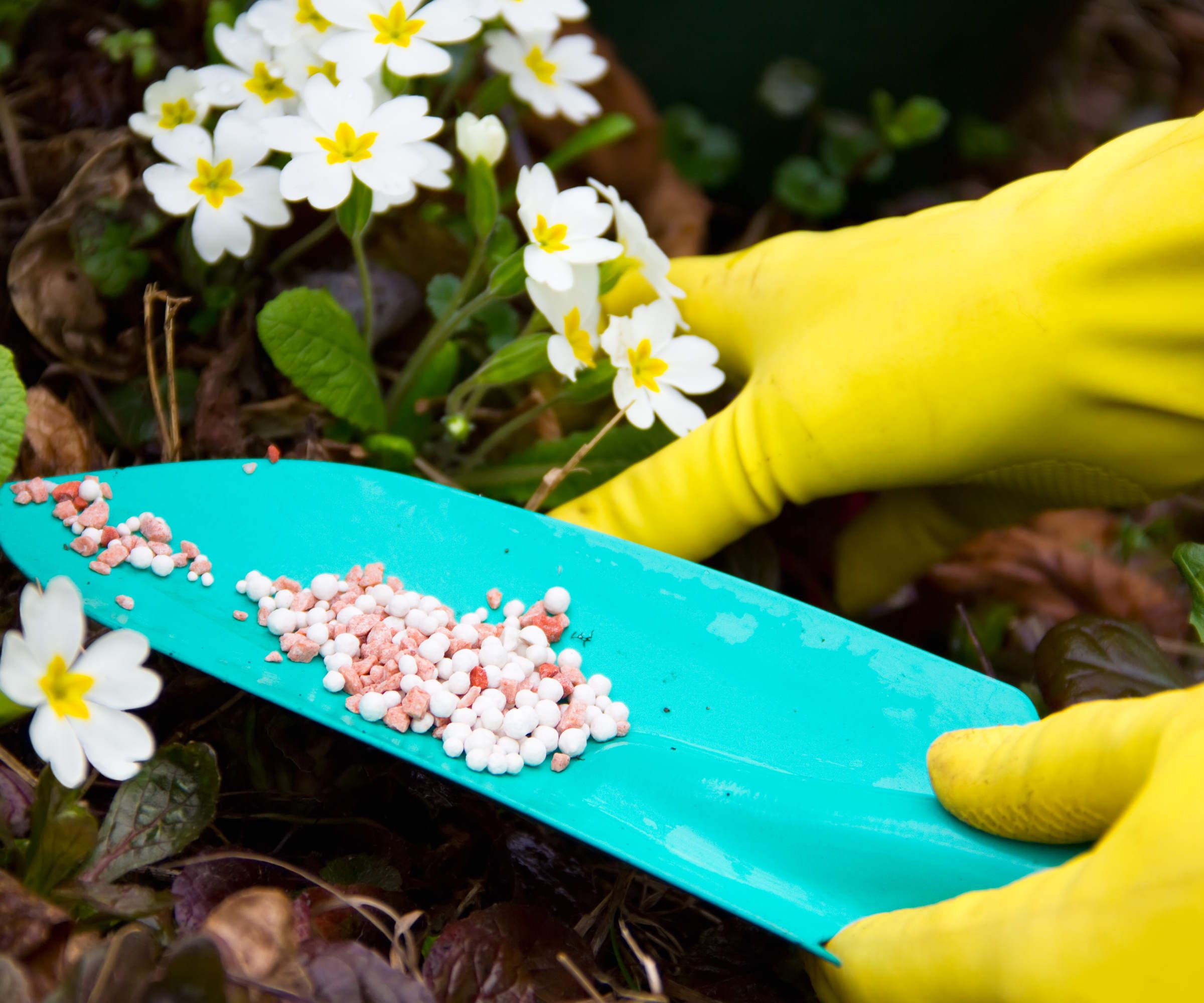
Granular fertilizer can feed flowers for many months
You should think about feeding from the moment you intend to add any new flowering plants to your backyard ideas. Giving them a dose of slow-release fertilizer at the time of planting them helps to get them off to a great start.
Using a product such as bonemeal, available at Burpee, is a great choice when planting flowers, as it is especially high in phosphorus it helps to develop the growth of healthy roots and establish the flowering plant into its new home. The product can be scattered around the base after planting and needs to be watered in well.
Established flowering plants in borders will always benefit from being fed in spring, once they start actively growing each season. At this period, Rosebie Morton. founder The Real Flower Company, recommends a balanced general fertilizer with an NPK of around 5-5-5 or 10-10-10.
‘I would recommend a natural slow-release fertilizer sprinkled around the base of the plant preferably onto damp soil and then lightly hoed in,’ says Rosebie. ‘A layer of compost over the fertilizer will suppress weeds and keep the moisture in and enhance the soil health.’
Liquid fertilizers can be fantastic feeds to provide a boost of nutrients to hungry flowering plants, such as annual flowers that work hard to put on a fantastic display of blooms. These feeds do tend to be higher in phosphorus, to promote flowering, and they are also commonly used when growing tomatoes to get a better crop.
There will be a range of options for liquid feeds to choose from, and Harriet Worsley of Worsley Design & Consultancy highlights a couple of her favorites. She says: ‘I think that the best fertilizer for flowers in borders is a liquid organic seaweed fertiliser, which will give the plants a big boost during the growing season. A liquid feed every two weeks between March and September is what I would recommend, and this is what flowering plants seem to thrive on.
Harriet adds: ‘I think the queen of fertilisers is the juice that flows out of a wormery. The liquid that the worms produce is like a magic elixir for plant growth. You need to dilute it substantially and I would use it during the growing season, as a liquid fertilizer.’
Perennial flowers, annuals, and bedding plants will all respond well to a general fertilizer. However, other flowering plants may need more specific feed. This is particularly the case with roses as they need formulated rose feed, such as this rose fertilizer available at Amazon, tailored to help them grow healthy and bloom strongly.
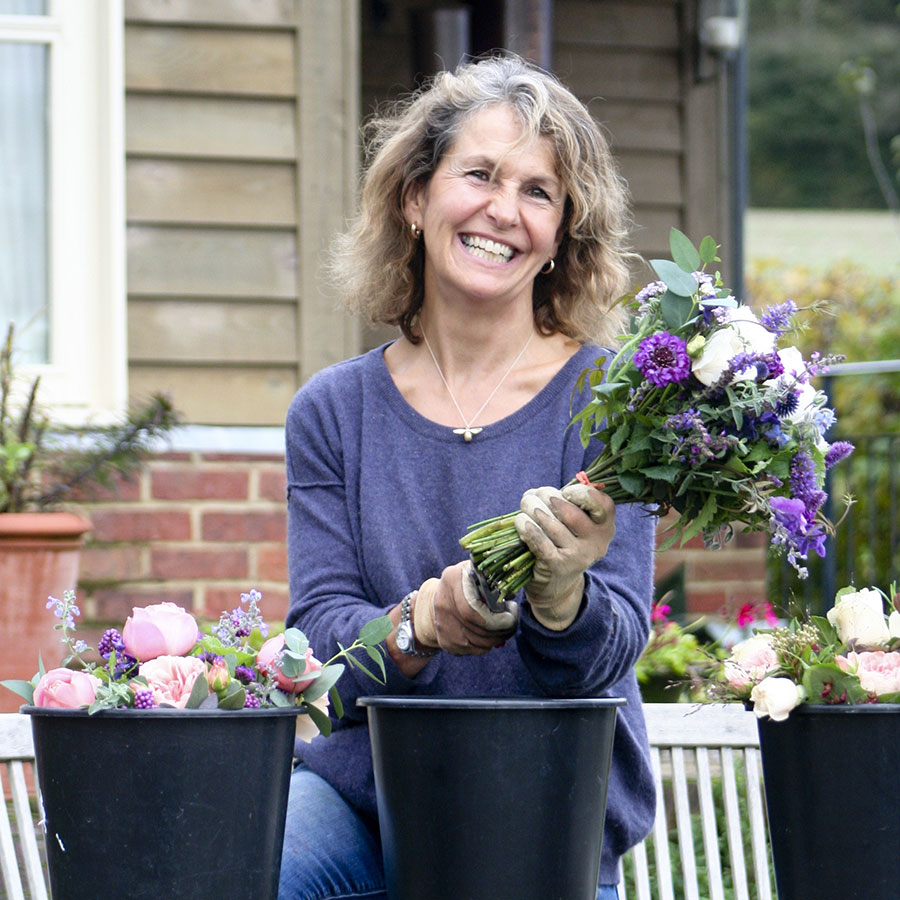
Rosebie Morton is the founder of The Real Flower Company. She first started growing garden roses in the walled garden at her family farm in 1995. The Real Flower Company was founded in 1999 and specializes in English grown scented roses and flowers.

A 100% organic balanced fertilizer to apply to flower beds to keep plants healthy and thriving
FAQs
What is the best homemade fertilizer for plants?
There are several natural methods available to make plant fertilizer. The best choices are to use homemade compost or make a comfrey fertilizer that is rich in nutrients and great as a liquid feed to help flowers bloom.
What is the best natural fertilizer for flowers?
Compost is a fantastic natural fertilizer to use on your flower beds and borders. It releases nutrients slowly and also improves the overall health of the soil. Manure is also a fantastic source of nutrients, but has to be well-rotted to avoid burning plants. You can get processed pellets to use in a garden, such as this bag of organic chicken manure available at Walmart.
Are coffee grounds good for fertilizing plants?
Coffee grounds are good for plants and they do act as a slow-release fertilizer. They are particularly high in nitrogen but also contain phosphorus and potassium. The grounds can be sprinkled around plants and incorporated into the soil or brewed to make a liquid feed to dilute with water and apply directly to the soil.
Are banana peels good for plants?
Leftover banana peels can be good for plants as they contain a lot of potassium and calcium. Use banana peels as fertilizer by soaking them in water and then using that to water plants, or by burying them in the ground to break down and add nutrients to the soil.
If you grow flowers from seed to add to beds and borders in the summer, it may be beneficial to fertilize seedlings when you prick them out. Adding a balanced slow-release fertilizer to the soil mix when potting up seedlings can provide them with vital nutrients to develop until you plant them out into the garden.
Sign up to the Homes & Gardens newsletter
Design expertise in your inbox – from inspiring decorating ideas and beautiful celebrity homes to practical gardening advice and shopping round-ups.

Drew’s passion for gardening started with growing vegetables and salad in raised beds in a small urban terrace garden. He has worked as a professional gardener in historic gardens and specialises in growing vegetables, fruit, herbs, and cut flowers as a kitchen gardener. That passion for growing extends to being an allotmenteer, garden blogger, and producing how-to gardening guides for websites. Drew was shortlisted for the New Talent of the Year award at the 2023 Garden Media Guild Awards.
-
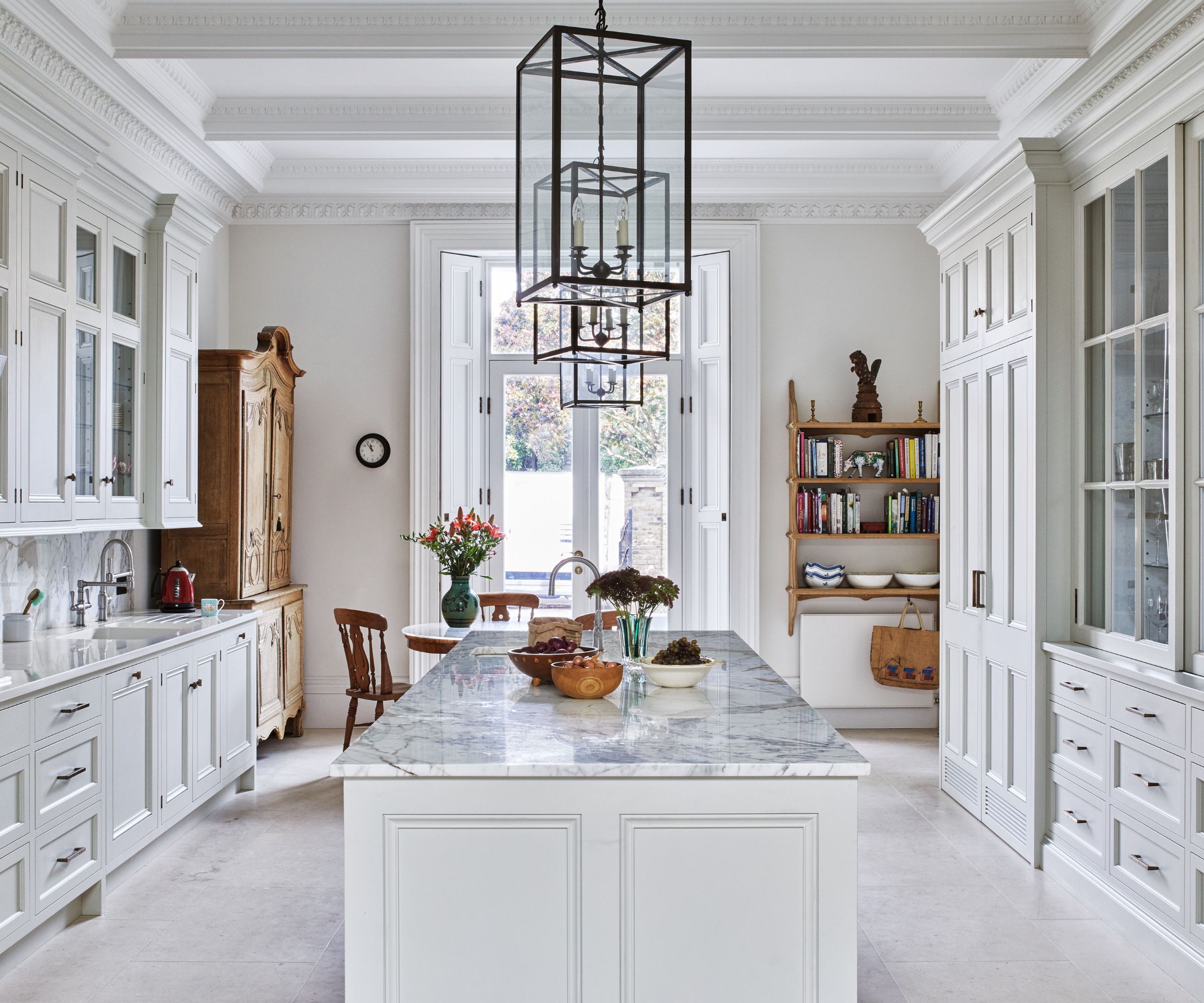 Are you making the most out of the estate sales in your area? These are the 5 most valuable items you should be shopping for
Are you making the most out of the estate sales in your area? These are the 5 most valuable items you should be shopping forVintage lovers and antique experts share the objects you should always look out for when you're exploring an estate sale
By Eleanor Richardson
-
 How to grow sassafras – for a low-maintenance native tree that can even be planted in shady yards
How to grow sassafras – for a low-maintenance native tree that can even be planted in shady yardsFor an easy-to-grow North American tree, you will not find much better than sassafras
By Thomas Rutter
